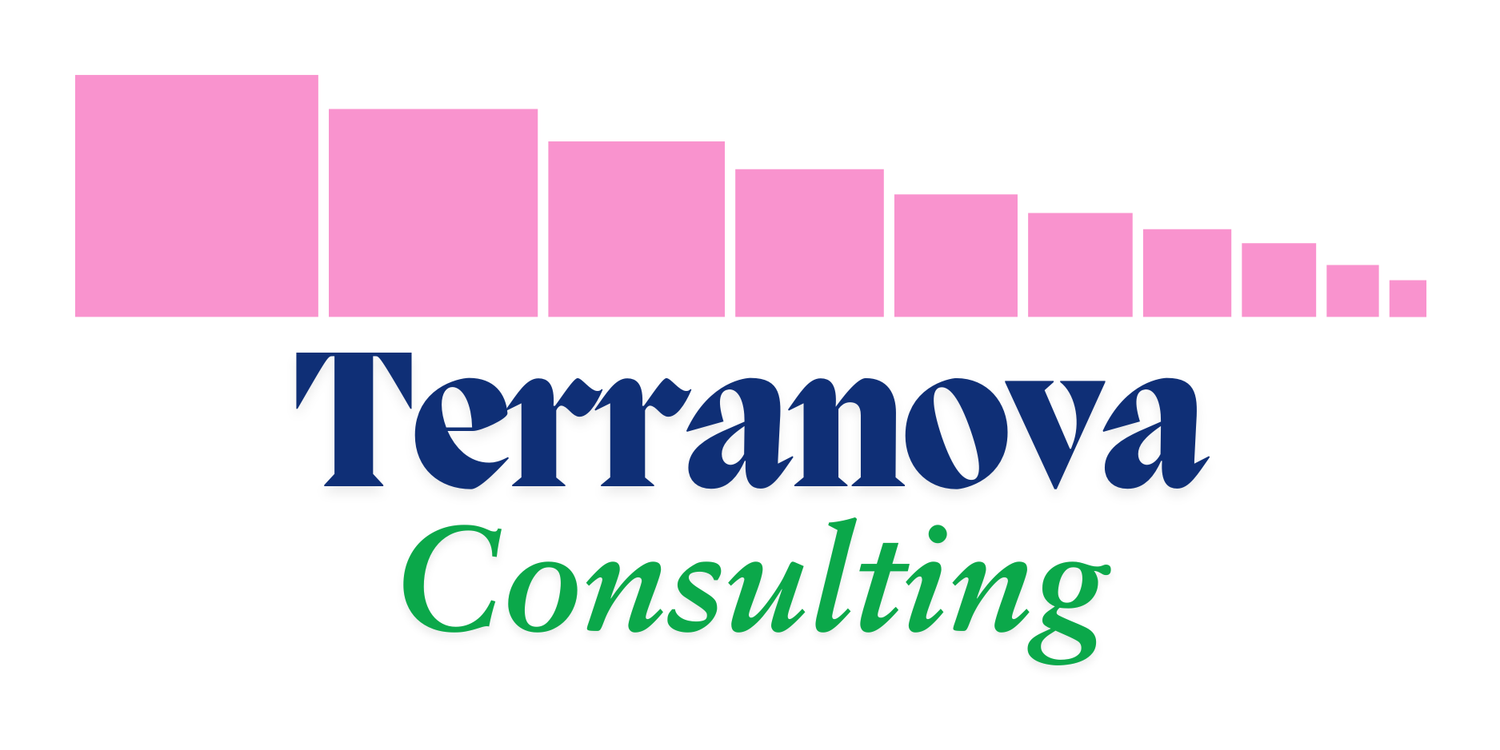Montessori Mathematics ~ A Continuous Educational Journey of Discovery
I have had an epiphany of sorts in thinking about this workshop. In the past we would have placed great emphasis on the material and its presentation. Less attention would have been placed on the child to whom it was being presented. We are trying to alter that perspective.
I was reading an article by Grazzini and Krumins entitled, “On the Subject of Subjects.” At rst, I read the title as a treatment of subjects in Montessori and later realized it was dealing with the notion of subjects in Montessori. Then I realized it was a discussion of why we don’t use the word to describe what is taught in Early Childhood. Arithmetic, in Montessori terms at EC is not a subject, it is an area of exploration, just as are practical life, education of the senses/sensory education, spoken and even written language and the rst steps in arithmetic. These are the Children’s House basics as described by Mario Montessori. The limits of this further exploration are not set by the number of dierent elds of learning or knowledge, but by the psychology of the age, which requires exploration involving the hands, the senses and language rooted in a concrete context, as well as exactness.
Art, music, geography, botany, zoology, history, and physics all lend themselves, or have aspects that lend themselves to this kind of exploration. Even language and math are explored well beyond the basics indicated above. In this way, the child of six who leaves the Children’s House to enter Elementary is, says Maria Montessori, “an individual who has already acquired the basics of culture, and is anxious to build on it, to learn and penetrate deeper into any matter of interest.”
In the last revision that was published in 1950 of her rst book, which came to be called The Discovery of the Child, in a chapter called “Later Developments in Arithmetic,” Dr. Montessori acknowledges that the binomial and trinomial cubes, the constructive triangles, and the decimal materials were dierent from those early materials that focus only on shape or size or color. These later materials are not primarily for sense training at all but lay the foundation for later work in math and geometry.
And by 1950, Dr. Montessori realized that the Children’s House was no longer to be seen as a preparation for Elementary, but to see both as one continuous educational journey of discovery for children from 3-12 years of age.
So, considering math for the Children’s Houses in this context, we can see it in three phases. The rst phase is the development of number sense and uidity in numeracy and manipulation of objects in the environment in terms of quantity, expressed in number. The second involves the operations of arithmetic facilitated by the evolution of the decimal system materials derived from the elementary program. The third consists of committing the operations and their results to memory in order to make higher mathematics a reality. It also provides a path to abstract arithmetical thinking represented by the stamp game, and the blurring of the demarcation between Children’s House and Elementary, especially since Dr. Montessori and Mario moved a lot of math material to the Children’s House from Elementary as their knowledge of what the potential of the three to six year old grew.
